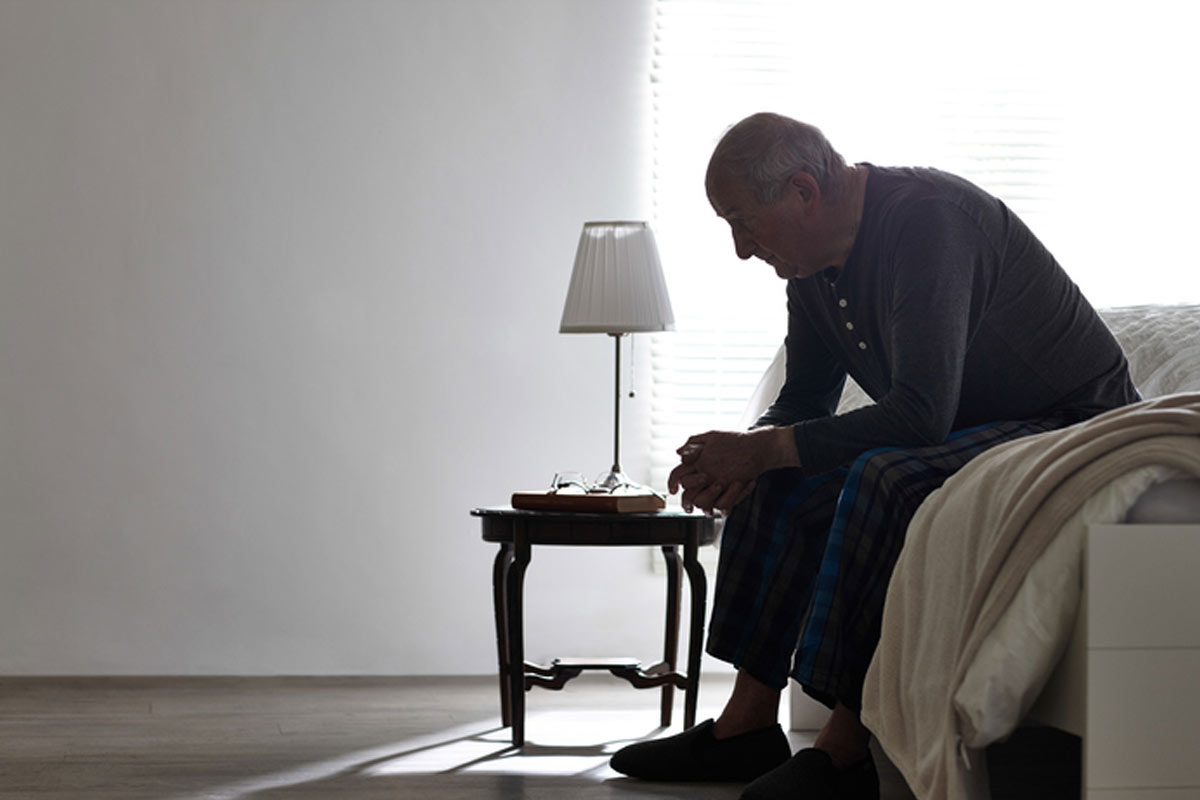RIO DE JANEIRO, BRAZIL – El Pais Uruguay says there was a moment in history, at the beginning of the 20th century, when Uruguay was compared to the great European powers.
Today, the country has a suicide rate of 20.25 deaths per 100,000 inhabitants — twice the world average and twice the World Health Organization’s target for 2020.
It does not seem to be a passing epidemic or a coincidence. Instead, the experts say, it is a trend that says more about Uruguayans than what the Uruguayans themselves say.
Since the beginning of the millennium, the suicide rate has never been below fifteen deaths per 100,000 inhabitants.

“Uruguay, in terms of suicides, resembles those people who suddenly put on weight, reach a peak, and then lose a few kilos only to gain them back. After oscillations, you don’t go back to the previous figures, and the trend is upwards,” that is how sociologist Pablo Hein defines it.
Moreover, the figures published on Sunday, July 21st, within the framework of the National Suicide Prevention Day, confirm what the expert says.
Last year, there was an increase in the suicide rate since there were 24 more cases of deaths for this reason.
The growth of suicide in Uruguay “is concentrated in middle-aged people, and there are still very high figures among the elderly,” explained Hein. This differentiates the country from a global phenomenon: the increase in suicide among adolescents.
Why is this happening in Uruguay? “We are in a society that excludes people more, that constantly sets tests and in which ties are fragile,” the sociologist said.
In European countries, he said, “exclusion is mostly associated with economic level, but you do not notice so much difference by age … in Uruguay, on the other hand, the elderly are isolated.”
So much so that the highest suicide rates are concentrated among retirees. And it affects men more than women: a ratio of seven to three.
This type of intrinsic behavior is over climatic factors or other variables that are sometimes associated with suicidal behavior. In this sense, “part of the problem in Uruguay is that there is no talk of suicide.” Hein recalls that “a year ago, the Ministry of Health said that more should be said about the subject and, nevertheless, during this year little or nothing was said.”
Forensic doctor Guido Berro said the issue is “taboo” even within the medical environment. And he gave an example: deaths by suicide outnumber those resulting from traffic accidents, but “that’s not what we talk about.”
Health workers, on average, commit more suicide than the rest of the population. According to Berro, it is “the highest among all professions, even surpassing that of the police or military.”
Psychological disorders, stress, pressure, cases of denunciations by patients, easy access to medications, are some of the aspects that were mentioned as possible triggers.
“Moreover, there is the fear of talking about it and of what people will say: many times a doctor, who devotes his life to caring for and curing others, is not encouraged to be treated for fear of tarnishing his reputation or being frowned upon by his colleagues,” Berro said.
The experts insist that suicide, at least for the Uruguayan case, is not related to the image of the Uruguayan as a “grey” being.
According to Hein, most suicides occur in December, during the holidays, because “we force celebrations with the family when there are people who have no family or where the ties are broken.”
That, he concluded, “is a sample of the social burdens.”

The exclusion of old age
Uruguay is the second-most aged country in Latin America, surpassed only by Cuba. However, unlike what happens in European countries that are also aging (like France or Spain), here “the old man is alone,” says sociologist Pablo Hein.
This explains why of every 100,000 Uruguayans between the ages of seventy and eighty, 36 took their own lives last year.
It is a rate very similar to that of those over eighty, but very different from those under forty. Among young people, the rate is around twenty points.
(Source: El Pais Uruguay)

